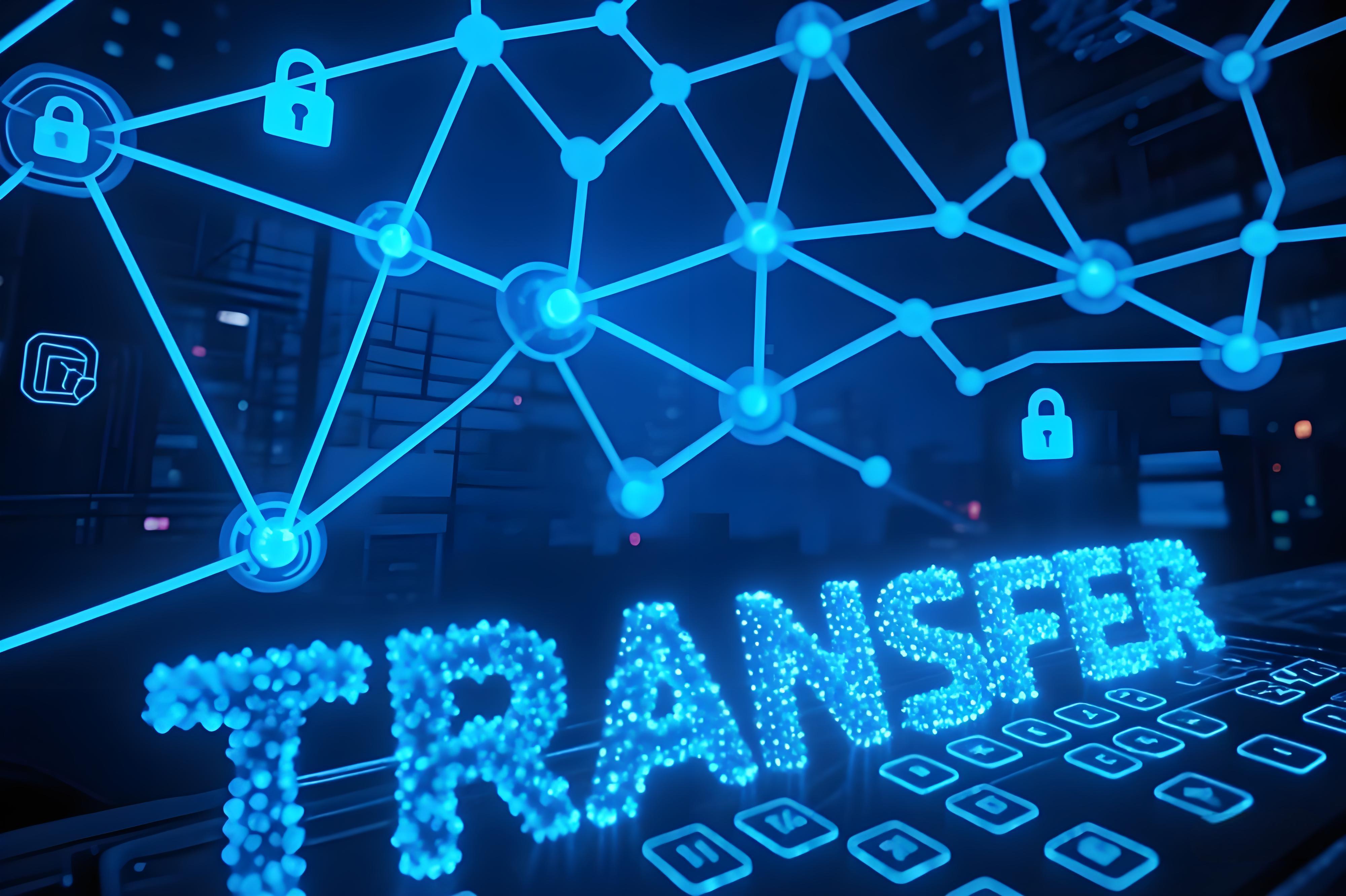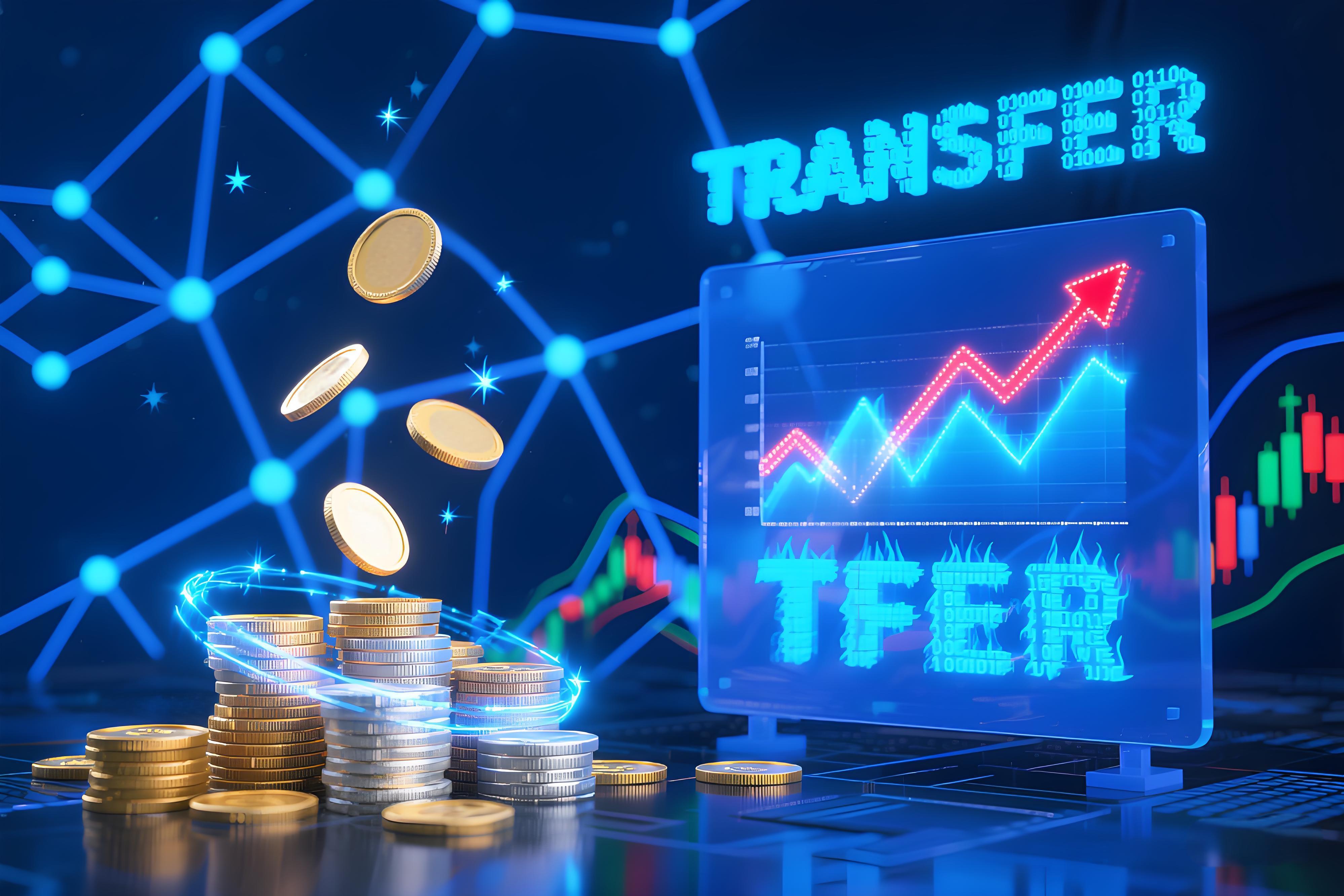From technical breakthroughs to ecological explosions, how does Transfer reshape Web3.0's value landscape with its "trinity strategy"?
1.When Blockchains Become "Isolated Islands": Transfer Shatters the Deadlock
In March 2025, a cross-border payment platform attempted to integrate Ethereum and Solana ecosystems—only to halt the project after encountering 30-minute cross-chain delays and $50 transaction fees. This is not an isolated incident. Today's blockchain industry faces an "impossible trinity": decentralisation, security, and scalability remain mutually exclusive amidst public chain performance bottlenecks, fragmented cross-chain interactions, and stringent regulations.

Users complain of being deterred by "prohibitive gas fees" and "convoluted operations" in DeFi. "Buying tokens on Uniswap took 20 minutes for confirmation—the fee could buy a coffee," gripes one crypto enthusiast. Institutional investors recoil from compliance risks, while developers drown in fragmented ecosystems. "We wrote four codebases for three chains—maintenance costs exceeded development," laments a blockchain engineer.
Transfer emerges as the disruptor.
As next-gen blockchain infrastructure, Transfer's "modular architecture + compliant governance + developer ecosystem" trinity strategy redefines blockchain fundamentals. Acting as a "digital bridge", it enables frictionless asset flow across 20+ chains including Bitcoin and Ethereum. As a "trust foundation", it provides high-performance infrastructure for DeFi and cross-chain interactions, cementing its role as Web3.0's central hub.
2.Transfer's Technical Edge: How Modular Architecture Breaches Performance Limits
Transfer's breakthrough begins with architectural reinvention. Its five-layer design decouples data, network, consensus, contract, and application layers—like installing a "smart engine" for blockchain:
- Data Layer: Merkle-Patricia trees and hot-cold storage boost efficiency by 30%, supporting 10k+ TPS.
- Network Layer: Global libp2P-based P2P network achieves sub-80ms latency—"cross-border transfers faster than sending WeChat messages". Fees are 50% lower than industry averages, with cross-chain slippage capped at 0.15%.
- Consensus Layer: Innovative Nominated Proof-of-Stake (NPoS) combines VRF randomisation and BFT signature aggregation, cutting communication overhead by 40% while raising attack costs 5x.
- Contract Layer: Integration of WASM virtual machine and zkWASM zero-knowledge proofs enables traceless private transactions, boosting contract execution efficiency by 50%.
- Application Layer: LayerZero cross-chain engine integration enables seamless asset migration across 20+ chains, with chain-switching as fluid as app-switching.
Transfer's heterogeneous multi-chain architecture features:
- Mainchain: Acts as "command centre" handling cross-chain settlements, with dynamic sharding for auto-scaling.
- Subchains: Custom-built for scenarios—game chains achieve 1M+ TPS via PoG consensus, DeFi chains lure traders with ultra-low fees.
3.Transfer's Compliance Fortress: Balancing Regulation and User Experience
Transfer's "five-dimensional security matrix" ensures regulatory compliance without sacrificing usability:
Cryptographic Security: Chinese SM2/SM3 algorithms + BLS threshold signatures resist quantum attacks, improving key management efficiency by 40%.
Economic Security: Dynamic staking rates deter Sybil attacks, with node operations isolated in TEE environments—attack costs surge 50%.
Regulatory Compliance: Chainalysis integration enables real-time AML screening, while zk-SNARKs verify miner rewards with 100% compliance.
This framework positions Transfer as institutional-grade infrastructure while offering users "zero-risk" transactions.
4.Transfer's Developer Ecosystem: Accelerating Innovation
Transfer fuels ecosystem growth through:
- Grant Programme: 15% of annual eco-fund allocated to DApp incubation, already nurturing 50+ projects (100k+ daily active users).
- Hackathon Competitions: $500k prize pools attract global talent, yielding 1k+ annual submissions.
- Toolchains & Docs: Multi-language (EN/CN/ES) developer portals with Substrate/Cosmos SDK integration slash development cycles to 6–12 months—90% developer satisfaction.

5.Transfer Ecosystem: From Mining Incentives to Financial Closure
Three mechanisms drive ecosystem vitality:
- Protocol Staking: Users earn TFER rewards via purchasing hashrate (mining machines) to participate in NPoS consensus. Dynamic staking rates (e.g., T7 node rewards vested over 180 days) and anti-Sybil models ensure decentralisation.
- DEX: zk-SNARKs-powered light nodes enable <0.15% slippage, with liquidity aggregators auto-routing optimal trades—cutting costs by 30%.
- Liquidity Mining: Transaction mining (fee rebates) and liquidity pools (dual rewards) attract 1B+TVL—someusersearn5k+TFERmonthly(10k value).

6.The Horizon: Transfer's Galactic Ambitions
Transfer's vision extends beyond current horizons:
AI Integration: GPT-5-powered smart contract audits detect vulnerabilities 50% faster via natural language parsing.
Quantum Resistance: NIST post-quantum algorithms and dynamic key management safeguard assets against quantum threats.
IoT Fusion: By 2026, lightweight nodes will connect physical devices—from autonomous car payments to factory equipment financing—enabling "everything tradeable, data as asset".
Transfer, the "trust foundation" of Web3.0, bridges performance gaps with modular design, mitigates risks through compliance, and ignites innovation via developer ecosystems. Whether you're trading, building, or reimagining finance, Transfer is your gateway to the borderless digital future.
Join the revolution. Forge tomorrow with Transfer.